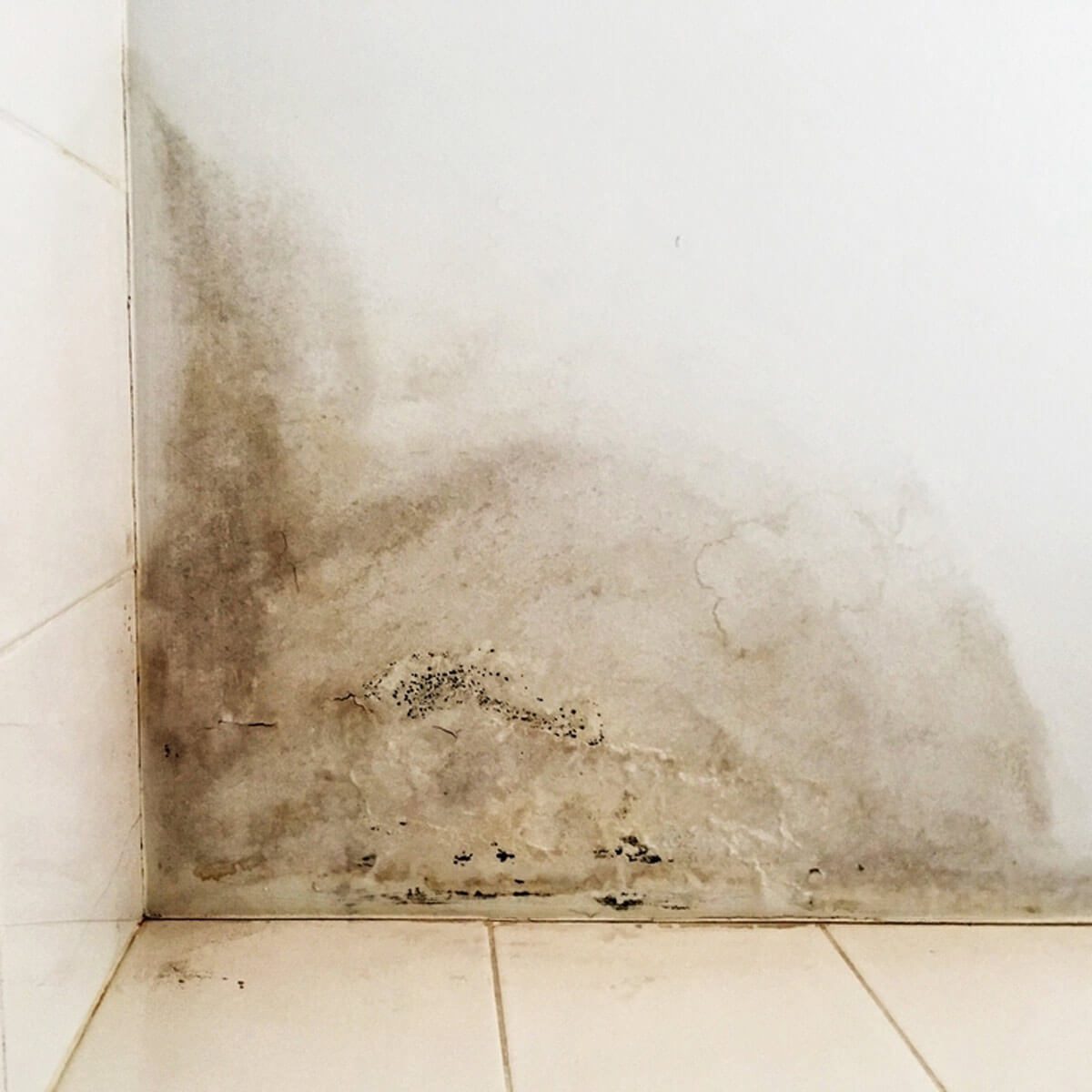Exactly How to Help Prevent Water Damage in Your Bathroom
Exactly How to Help Prevent Water Damage in Your Bathroom
Blog Article
The content listed below involving How to Fix a Water Damage Bathroom is indeed intriguing. Read it for yourself and see what you think of it.

The bathroom is incredibly susceptible for damp build-up as well as possible water damages as a result of the constant use water in it. This write-up offers simple inspection techniques to help spotting water damage risks.
The regular use of water in the restroom makes it incredibly susceptible for moist accumulation and potential water damage. By examining it frequently, you can minimize water relevant problems.
The adhering to collection of examinations is very easy to perform and should be done once in every three months in order to keep your bathroom in good shape and to prevent potential water damages caused by the bath tub, the shower, pipeline joints and also plumbing, sinks, closets, and also the bathroom
Do not disregard doing these assessments as well as be extensive while doing them. Bear in mind that these easy evaluations can save you a lot of cash by giving early signs for water damages
Sinks and Cabinets
Sinks and also cupboards are subjected to moisture and also humidity daily and also are commonly neglected. Inspect consistently under the sink as well as on the countertop over it. Repair any drip in the catch as it may suggest drainpipe problems. Check out the sink, sluggish draining pipes might suggest a blocked drainpipe. Replace sink seals if they are fractured or loose.
Bathtub as well as Shower
The shower and bath tub need unique interest and upkeep. Check the floor tiles as well as change if split. Make sure that there is no missing out on grout in between the tiles. Evaluate and change broken caulking at joints where the wall surfaces meet the flooring or the bathtub. Obstructed drains and pipelines issues will stop the bathtub from drying out as well as may suggest serious troubles below the bath tub. Talk to a professional promptly to prevent architectural damage. Take notice of discolorations or soft locations around the tub wall surfaces as they may show an interior leakage.
Plumbing
Signs for water damage are tough to discover given that many pipelines are set up inside the wall surfaces.
Pay special focus to flooring as well as wall surfaces wetness and also spots as they might indicate an unnoticeable plumbing trouble. Check wetness degrees in adjacent rooms also.
The Commode
The commode is a susceptible water junction. Inspect the water lines and also search for leaks around the bathroom seat, in the tube, and under the water tank. If you discover any kind of indicators of moisture on the floor around the bathroom, look for leakages in the toilet rim and storage tank seals.
Know that hanging commode dish deodorants enhances the possibilities for obstructions.
TIPS TO PREVENT WATER DAMAGE IN THE BATHROOM
The average household uses approximately 80-100 gallons of water per person per day. For a family of 4, that's almost 2,500 gallons of water a week! The largest portion of this consumption comes from bathroom use. Flushing the toilet uses the most water, followed by taking a shower or bath. With that much water running through the home, water damage in the bathroom is bound to happen. Knowing how to spot signs of a water leak is essential to preventing long-term damage. This guide provides you with tips to reduce the impact of water damage on your bathroom.
CAUSES OF BATHROOM WATER DAMAGE
Pipe breaks are the most common cause of water damage we see in our daily jobs. The age of a pipe plays a large role in a pipe break as well as corrosion. Over time, the metal begins to break down, allowing water to escape. Frozen pipe breaks are also a concern in the winter months. Toilet overflows caused by paper products or children flushing inappropriate items. Degraded caulking around the toilet or bathtub can allow water seepage, sometimes behind the fixture, into the subfloor or walls. Condensation forms when the water in a pipe is cooler than the air temperature. Beads of water form on the exterior of the pipes, sometimes so much so that the water begins to drip and pool below. Sink or shower backups created by poor drainage. HOW TO PREVENT WATER DAMAGE IN YOUR BATHROOM
Inspect your toilet supply line for worn or frayed hoses and replace them as needed. Winterize your plumbing to prevent a frozen pipe break. Use vent fans to prevent condensation that can lead to mold growth. Routinely check and replace degraded caulking around your toilet or bathtub. Increase the temperature in your toilet tank and insulate your pipes during the warm summer months to keep condensation from forming. Use child safety locks on the toilets. Flush only toilet paper. "Flushable" wet wipes are actually not good for your plumbing system. Additionally, feminine hygiene products should not be flushed. Prevent water from escaping the tub or shower. Make sure shower curtains are in good condition. Inspect shower doors and replace the seal strip if necessary. Wipe up any water that accumulates on the floor and use bath mats. Water left to sit can cause damage to the tiles and flooring. Refrain from using bath products containing heavy oils to avoid a clogged drain.

Do you like reading about How to Repair and Prevent Bathroom Water Damage? Create feedback below. We'd be delighted to know your responses about this blog entry. We are looking forward that you come back again before long. Sharing is caring. Helping people is fun. Many thanks for going through it.
Visit Url Report this page